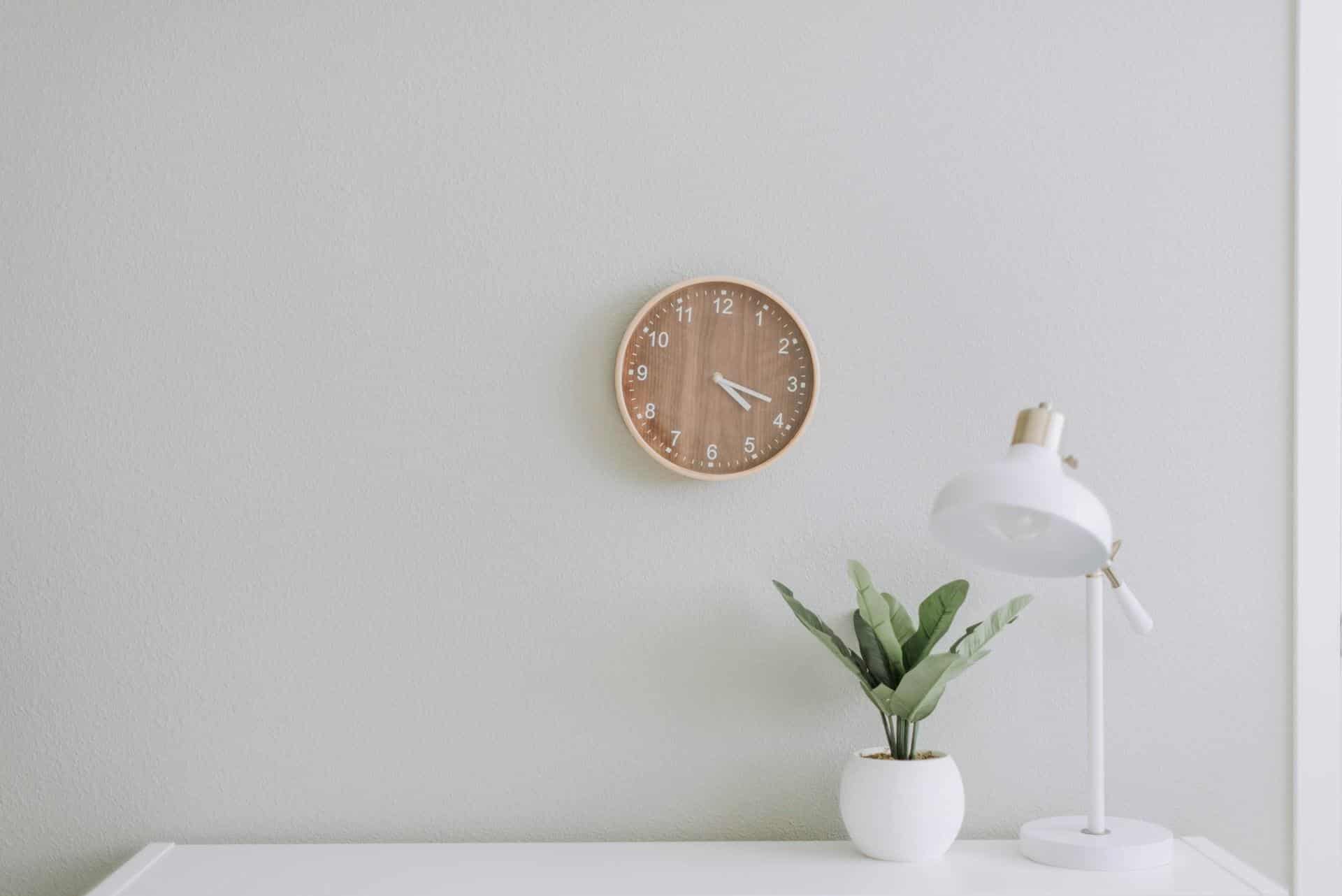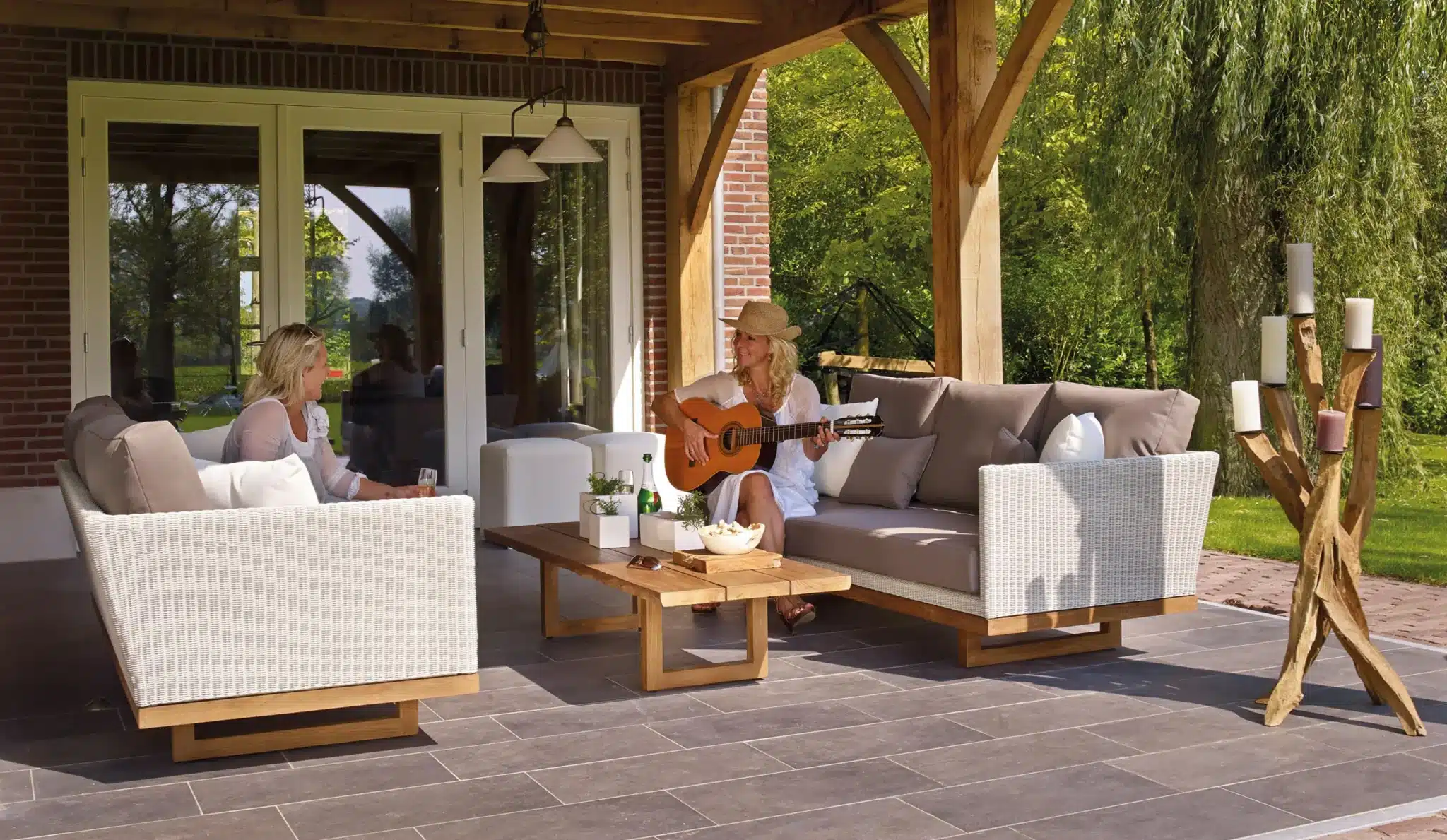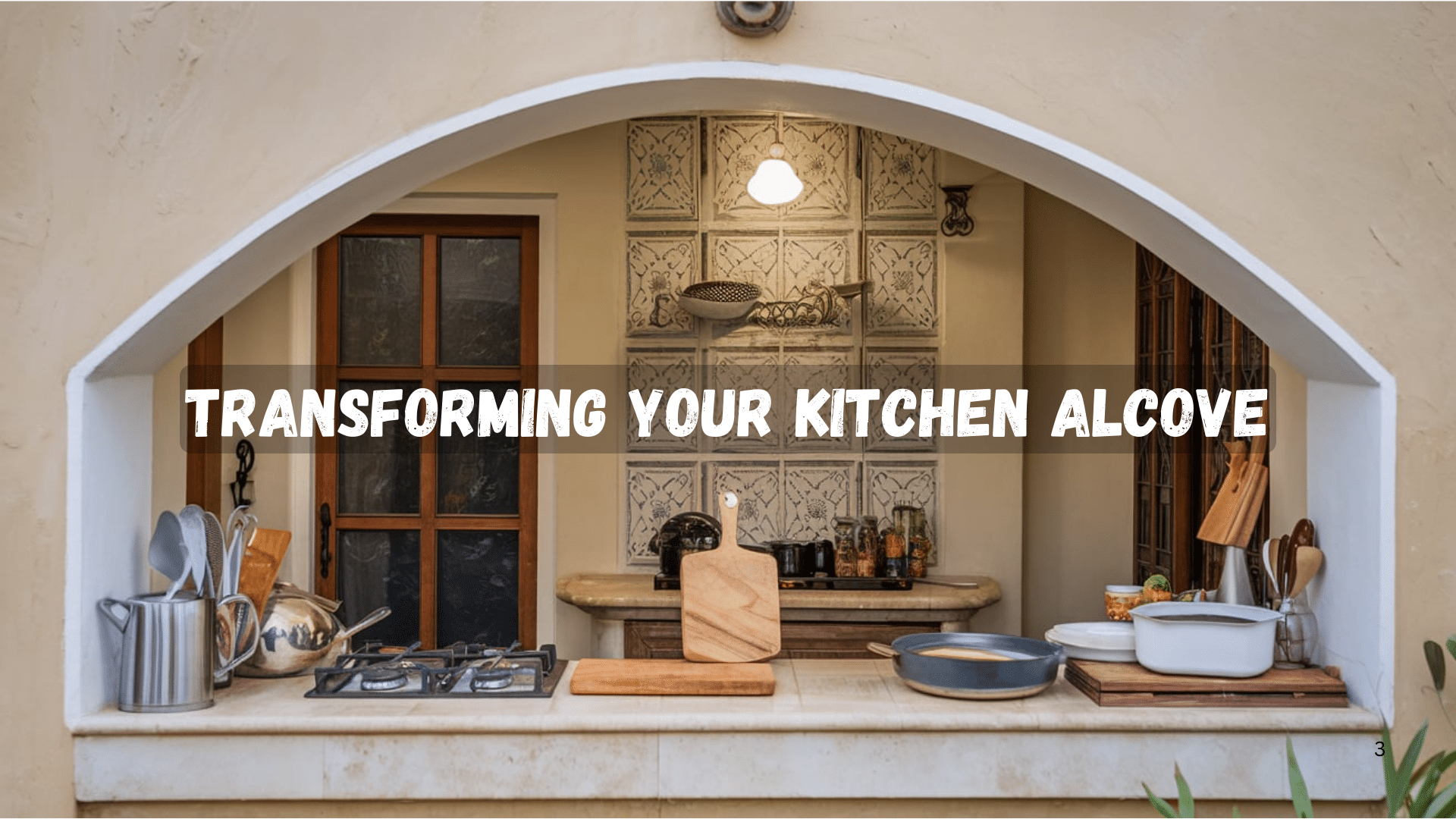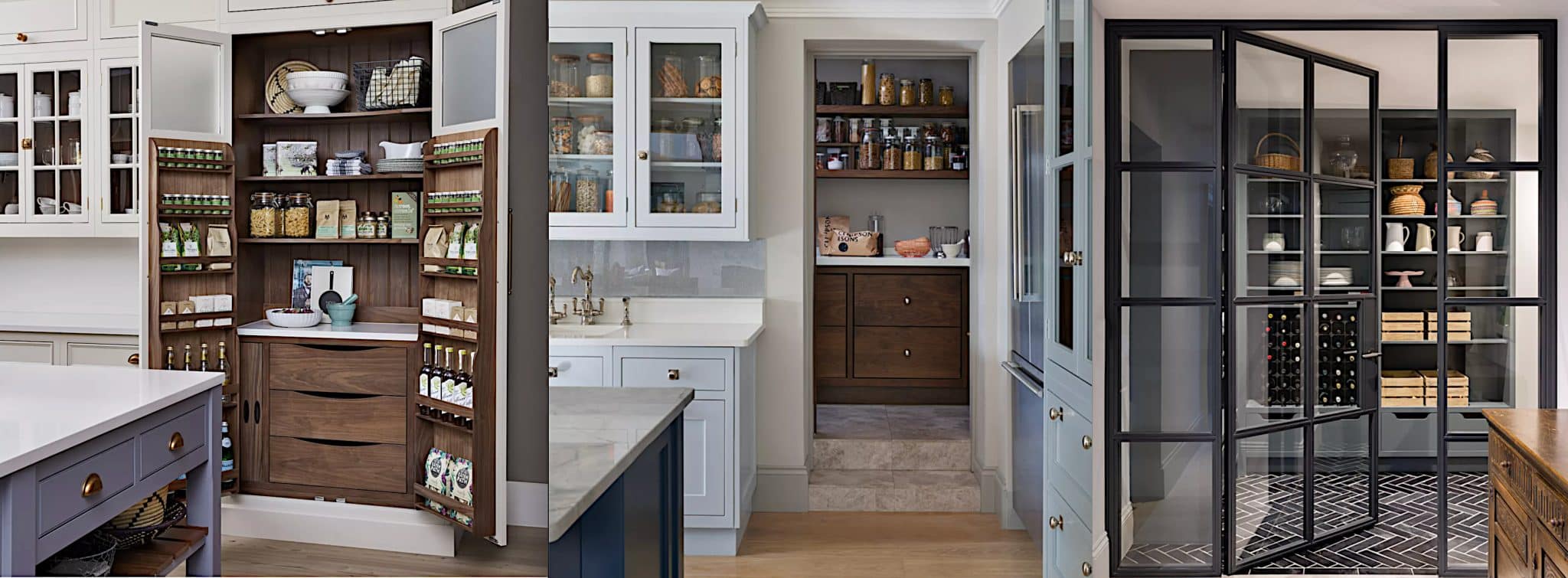How to Make Temporary Spaces Feel Like Home?
Adapting to a temporary living situation can be a challenge, especially when you’re away from familiar surroundings and personal comforts.
Whether you’re relocating for work, education, or any transitional period, making your temporary residence feel like home is essential for mental and emotional well-being. These spaces often lack the personal touches that give a home its warmth and inviting atmosphere.
In this blog, we will share practical strategies to help you transform any temporary living environment into a cozy, welcoming home. So, if you’re temporarily relocating from your usual residence and looking for ideas, you’ve found the perfect resource to help you settle in comfortably.
Understanding Temporary Housing
Temporary housing often serves as a functional solution for short-term accommodation needs. Commonly utilized by professionals in transient industries, such as those working in distant locations or involved in project-based assignments, these housing options are designed for convenience.
They generally come fully furnished, including utilities, which can make the moving process easier but might feel impersonal or sterile. By understanding these standard provisions, you can better plan how to personalize the space without making permanent alterations that violate rental agreements.
Personalizing Your Space
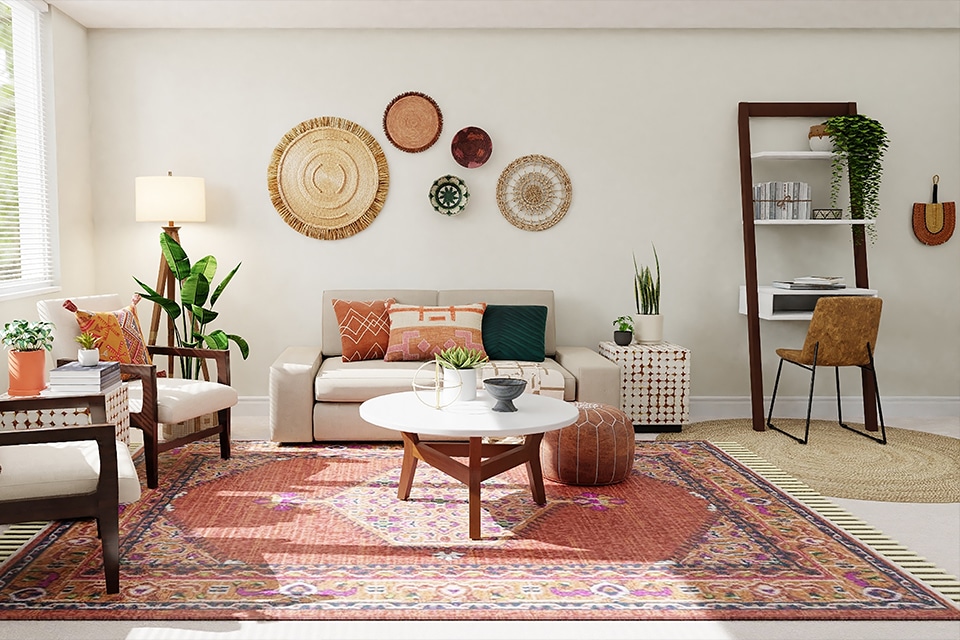
Personalizing your living space is extremely important when it comes to making any temporary housing feel like home. Start by incorporating items that evoke a sense of familiarity and comfort. Family photographs, favorite books, or even a set of decorative pillows can transform an impersonal space into a personal sanctuary.
In workforce housing, for example, where spaces can be particularly utilitarian, adding personal artwork or small keepsakes can make a significant difference. These items not only decorate the space but also serve as a daily reminder of home and loved ones, helping to ease the sense of displacement that often comes with temporary living.
Smart Storage Solutions

Efficient use of space is key in temporary accommodations, which are often smaller or differently configured than permanent homes. Smart storage solutions can help maximize the available area while maintaining an organized and uncluttered environment.
Consider multi-functional furniture like ottomans with storage, Murphy beds, or collapsible items that can be tucked away when not in use. Vertical storage options, such as hanging shelves or over-the-door organizers, can also be very effective.
These solutions allow you to store your belongings creatively and accessibly, making the space functional yet comfortable.
Optimizing Decor
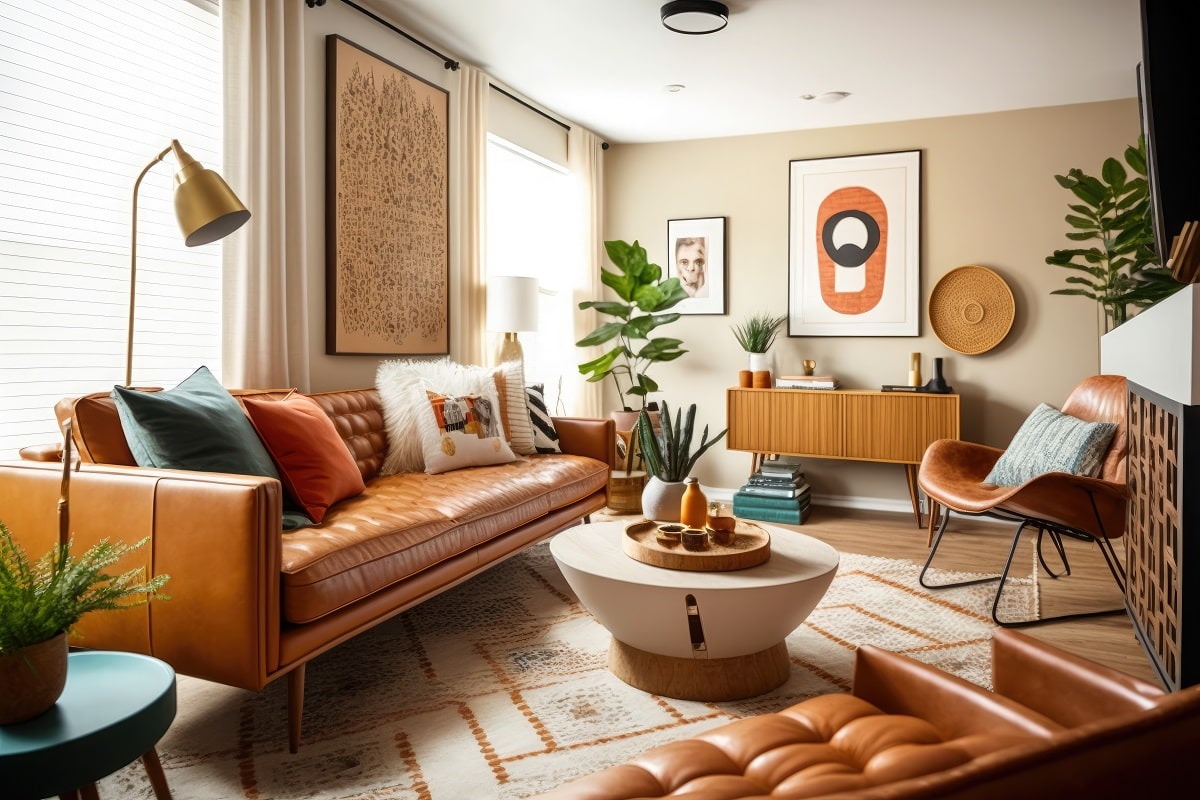
Decor plays a significant role in transforming a temporary residence into a warm, inviting home. Opt for flexible decor options like removable wallpaper or adhesive hooks that allow you to hang curtains or artwork without damaging walls.
Temporary window treatments can also make a dramatic difference in the feel of a room, offering privacy and style without the permanence. When choosing decor, select items that can easily be removed or altered when it’s time to relocate. This approach not only personalizes the space but also ensures you can revert it back to its original state with ease.
Lighting Makes a Difference
Lighting can dramatically affect the ambiance of a space. Temporary housing often comes with standard, harsh lighting that can feel clinical or stark. To counter this, introduce softer lighting options such as floor lamps, desk lamps, or even string lights, which provide a warmer, more diffused light that can make any room feel cozier.
If possible, utilize smart bulbs that allow you to adjust the brightness and color temperature to suit different times of day or activities, enhancing the overall comfort and mood of your temporary home.
Functional and Welcoming Kitchen
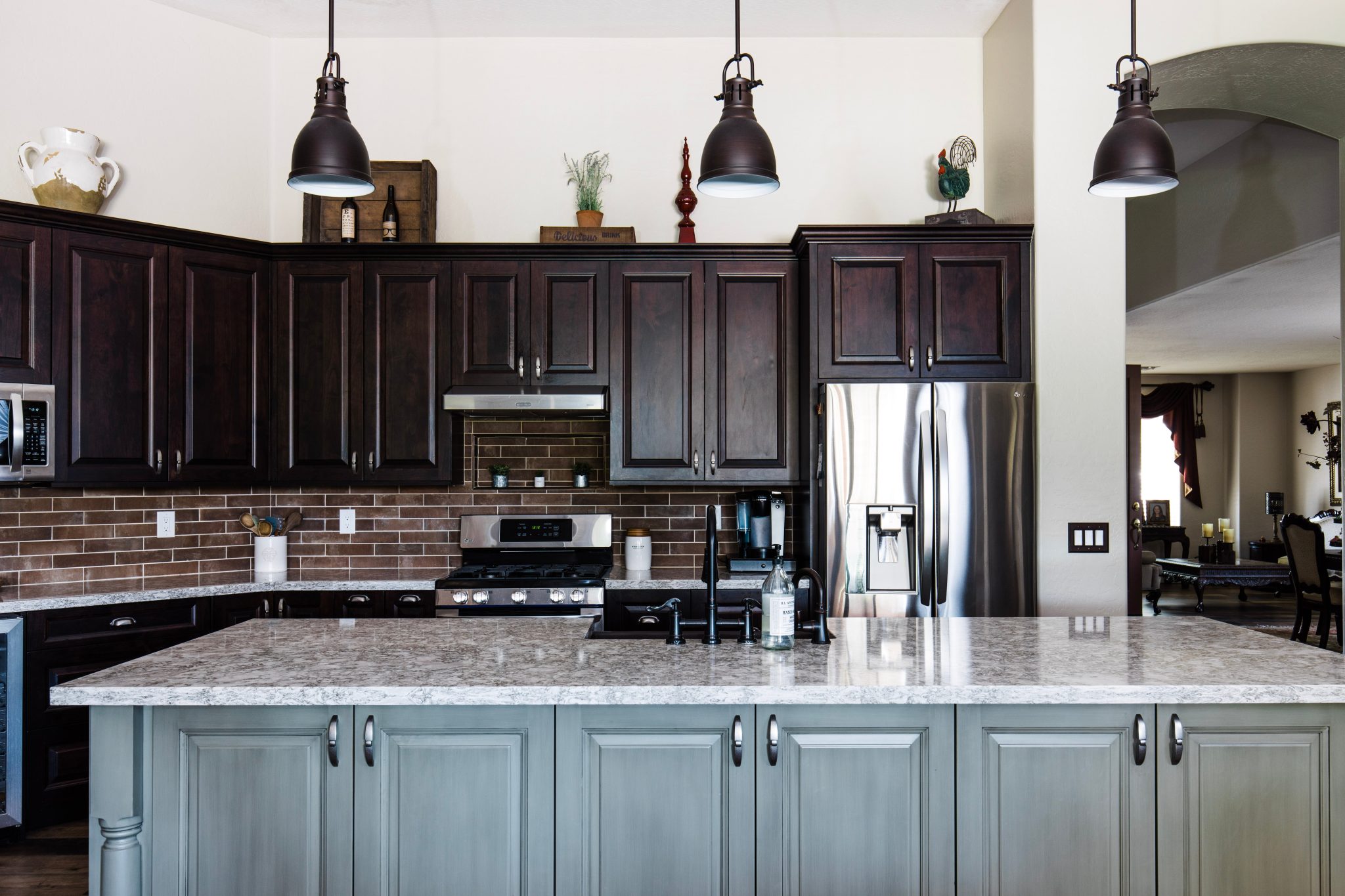
The kitchen is often the heart of any home, so making it functional and welcoming in a temporary setting is key. Invest in portable kitchen appliances like a compact coffee maker or a small blender to prepare meals conveniently.
Utilize magnetic strips for knives and spice containers to save counter space. Collapsible kitchenware such as bowls and colanders can be stored easily and it is perfect for small kitchens typical of temporary accommodations.
These adjustments allow you to enjoy the cooking experience without feeling cramped, turning the kitchen into a practical yet cozy part of your temporary home.
Creating Comfortable Sleeping Areas
A good night’s sleep is vital, especially when you’re in a new environment. Enhance your sleeping area by investing in comfortable, high-quality bedding. Consider adding a memory foam mattress topper for extra comfort. Blackout curtains can significantly improve sleep quality by blocking out unwanted light, and soothing sounds or white noise machines can help drown out unfamiliar noises. These elements together create a restful sleeping environment.
Privacy and Personal Space
Privacy can be hard to come by in temporary housing, particularly if you’re sharing the space. Use room dividers or privacy screens to carve out personal areas.
Even simple solutions like rearranging furniture to create distinct zones can make a big difference. For those in shared accommodations, these strategies can provide a sense of personal space, essential for relaxation and personal well-being.
Maintaining a Clean and Orderly Home
Keeping your temporary home clean and orderly is key to maintaining a pleasant living environment. Set up a regular cleaning schedule and stick to it. Invest in compact, efficient cleaning tools designed for small spaces.
Organizational tools like over-the-door hangers, under-bed storage bins, and drawer organizers can help keep your belongings neatly stored and your living space tidy. This order not only makes your temporary home more comfortable but also eases the stress often associated with living in a new and temporary setting.
Engaging with the Community
Connecting with the local community can make your temporary space feel more like home. Attend local events, visit nearby attractions, or join a local club or group. These activities can help you form new friendships and integrate into the community, providing a sense of belonging that transforms your temporary housing into a home.
All in all, transforming a temporary space into a home requires attention to both comfort and functionality. By personalizing your space, optimizing your storage, decorating creatively, and establishing privacy, you can create a warm and inviting atmosphere.
Maintaining cleanliness and engaging with your local community further enrich your living experience, making your temporary house feel truly like a home. These efforts not only improve your daily life but also help to cultivate a space where you can thrive during your temporary stay.

